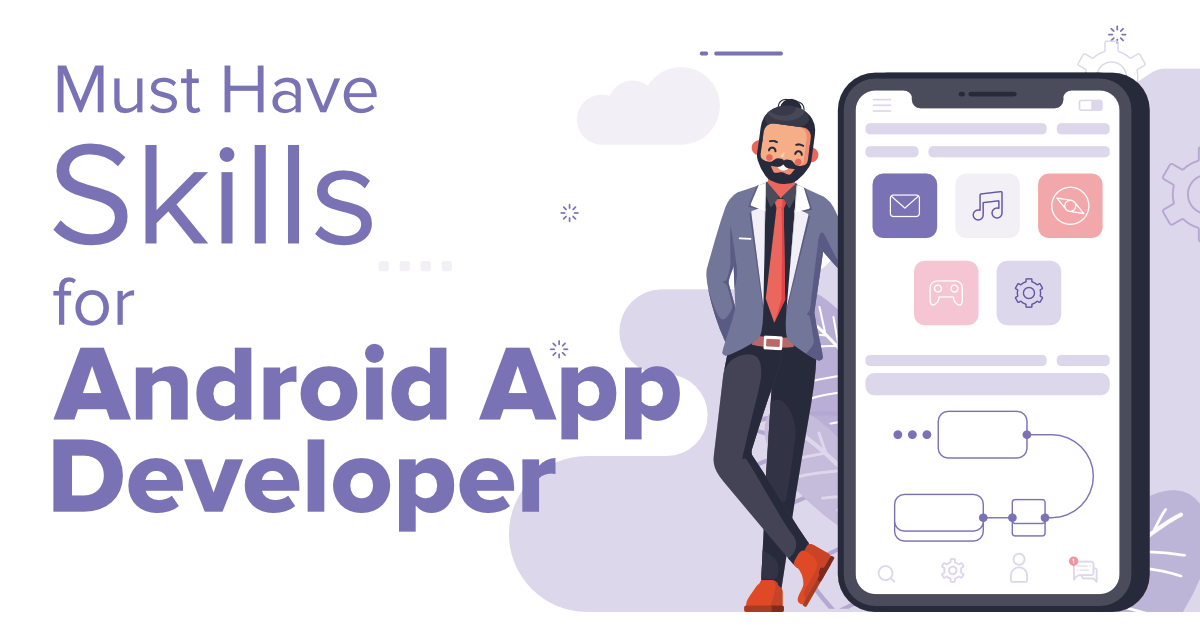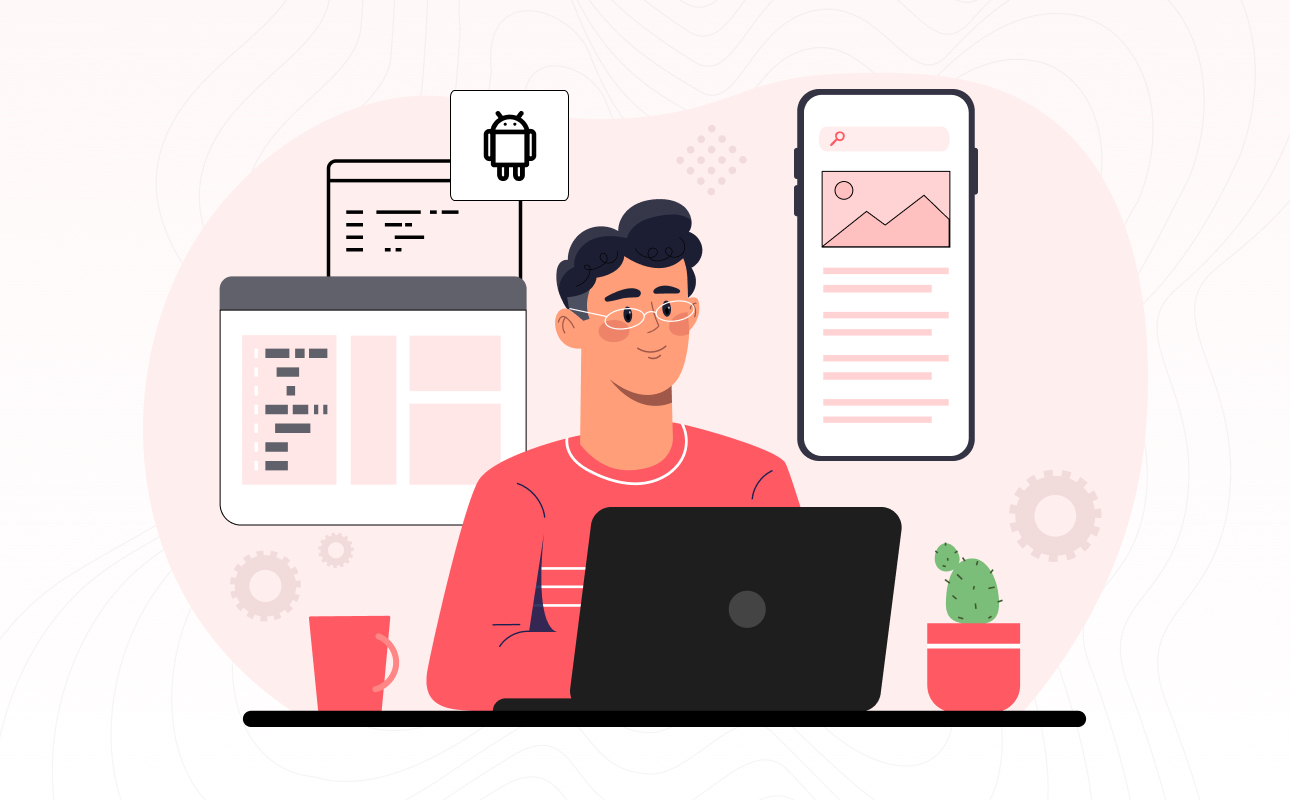Introduction
In today’s tech-driven world, mobile applications have become an integral part of our daily lives. From social media platforms to productivity tools and games, there’s an app for almost everything. If you’re an aspiring developer, you might have considered diving into the exciting field of Android app development. The good news is that you’ve come to the right place!
Android app development offers a vast array of opportunities for creative minds and problem solvers. Whether you want to build the next viral app or work on innovative projects, this guide will set you on the path to success. We’ll cover everything from the basics of Android development to creating your first app. So, let’s get started!
The Fundamentals of Android Development
Before you can start creating amazing Android apps, you need to grasp the fundamentals. Here are some key concepts to get you started:
- Java or Kotlin?
One of the first decisions you’ll need to make is choosing the programming language for your Android development journey. While Java has been a longtime favorite, Kotlin has gained popularity for its concise and expressive syntax. Many developers prefer Kotlin for its enhanced safety features and seamless integration with Java. - Android Studio
Android Studio is the official Integrated Development Environment (IDE) for Android app development. It provides a powerful set of tools, including a code editor, debugger, and an emulator for testing your apps. Download and install Android Studio to kickstart your development journey. - Understanding XML
XML (Extensible Markup Language) is used to design the user interface (UI) of Android apps. It allows you to create layouts, define views, and configure app resources. Familiarize yourself with XML to craft visually appealing and functional app interfaces. - Activity and UI Design
In Android development, an activity represents a single screen with a user interface. Understanding how to create and manage activities is crucial for building interactive apps. You’ll also need to learn about UI design principles to make your apps user-friendly and visually appealing.
Building Your First Android App
Once you’ve mastered the fundamentals, it’s time to put your knowledge into action and create your first Android app. Let’s walk through the process step by step:
- Project Setup
Start by creating a new Android Studio project. You’ll need to specify the project’s name, package name, and choose the programming language (Java or Kotlin). Android Studio will generate the necessary project files and structure for you. - User Interface
Design your app’s user interface using XML layouts. You can use Android’s drag-and-drop interface designer to create visually appealing layouts. Ensure that your app’s UI is intuitive and responsive. - Activity and Logic
Next, define the logic of your app by creating activities. Activities contain the code that determines how your app responds to user interactions. Write the Java or Kotlin code to handle user input, perform calculations, and manage data. - Testing
Testing is a crucial part of the development process. Android Studio provides an emulator that allows you to run and test your app on virtual devices. You can also test your app on real Android devices if available. - Debugging
Debugging is the process of identifying and fixing errors in your code. Android Studio’s debugging tools are invaluable for finding and resolving issues in your app. Pay attention to error messages and use the debugger to step through your code. - Deployment
Once you’re satisfied with your app’s performance and functionality, it’s time to prepare it for deployment. This involves generating a signed APK (Android Package) that can be installed on Android devices. You’ll need to create a developer account on the Google Play Store and follow their guidelines for app submission.
Tips for Success
Becoming a proficient Android app developer takes time and dedication. Here are some tips to help you on your journey:
Practice Regularly: Consistent practice is key to improving your skills. Work on small projects to gain experience and confidence.
Stay Updated: Android development is a constantly evolving field. Keep up with the latest trends, updates, and best practices to remain competitive.
Leverage Online Resources: There are numerous online courses, tutorials, and forums where you can seek help and guidance. Websites like Stack Overflow and GitHub can be invaluable resources.
Collaborate: Consider collaborating with other developers on open-source projects or teaming up on app development. Working with others can accelerate your learning.
Patience is a Virtue: App development can be challenging, and you may encounter roadblocks along the way. Stay patient and persistent, and don’t be afraid to seek help when needed.
Conclusion
Becoming an Android app developer is an exciting and rewarding journey. With the right skills and knowledge, you can create apps that reach millions of users and make a positive impact. Whether you’re a Java enthusiast or a Kotlin advocate, Android app development offers endless opportunities to explore your creativity and innovation.
Remember that success in Android app development comes with practice, dedication, and a willingness to learn. Embrace the ever-changing nature of the field, and you’ll find your path to success in the vibrant world of Android app development. So, roll up your sleeves, grab your Android Studio, and start building your first app today!





